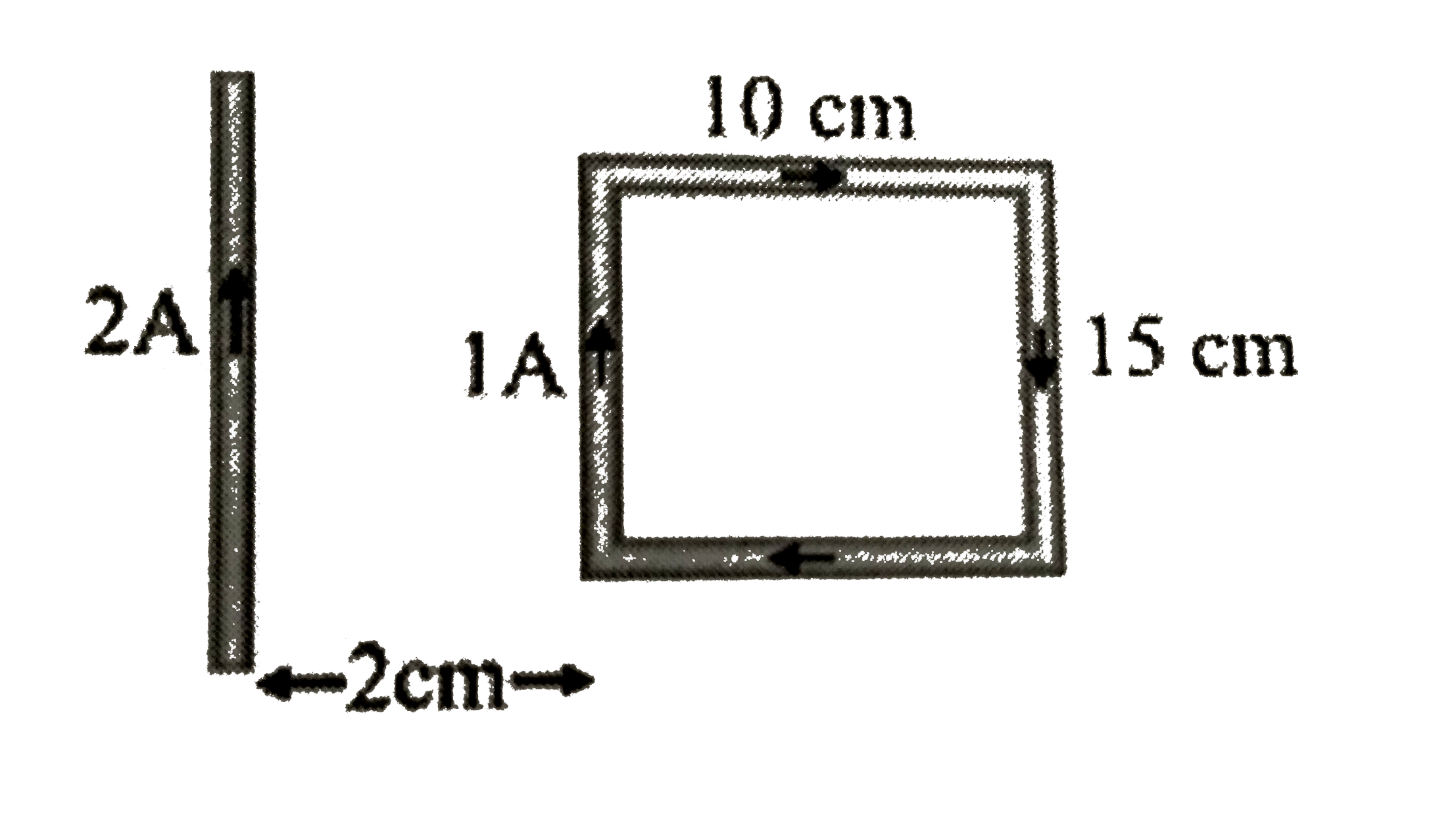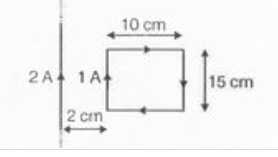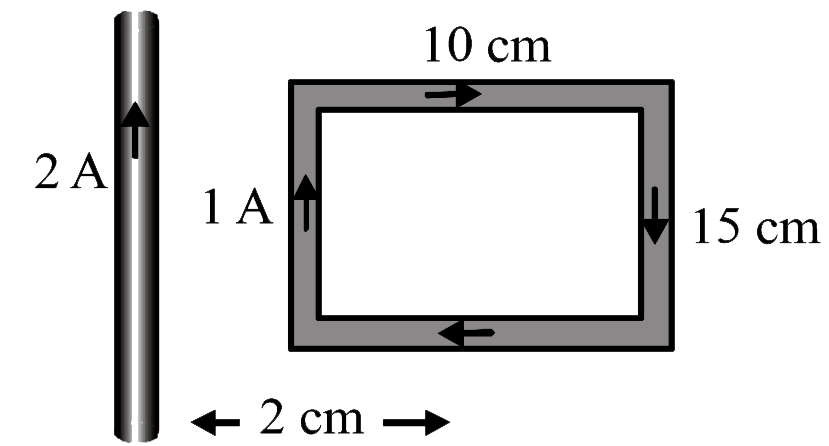When the net force is zero, the forces on an object are
Step-by-Step Solution:
1. Understanding Net Force: The net force on an object is the vector sum of all the individual forces acting on that object. When we say that the net force is zero, it means that all the forces acting on the object are balanced.
2. Definition of Balanced Forces: When the net force is zero, the forces acting on the object are termed as "balanced forces." This means that the forces are equal in magnitude but opposite in direction, effectively canceling each other out.
3. Illustration of Balanced Forces: For example, if we have two forces, F1 and F2, acting on an object in opposite directions, and if F1 = F2, then the net force is:
Net Force=F1−F2=0
This indicates that the object is either at rest or moving at a constant velocity.
4. Conclusion: Therefore, when the net force on an object is zero, the forces acting on that object are balanced forces.
Final Answer: When the net force is zero, the forces on an object are balanced forces.
---
Net Force=F1−F2=0
This indicates that the object is either at rest or moving at a constant velocity.
Topper's Solved these Questions
- FORCE AND PRESSUREBOOK - PEARSON IIT JEE FOUNDATIONCHAPTER - FORCE AND PRESSUREEXERCISE - Track Your Learning-I
5 Videos
- FORCE AND PRESSUREBOOK - PEARSON IIT JEE FOUNDATIONCHAPTER - FORCE AND PRESSUREEXERCISE - Track Your Learning-II
12 Videos
- ELECTROMAGNETISMBOOK - PEARSON IIT JEE FOUNDATIONCHAPTER - ELECTROMAGNETISMEXERCISE - CONCEPT APPLICATION ( LEVEL 2)
20 Videos
- FRICTIONBOOK - PEARSON IIT JEE FOUNDATIONCHAPTER - FRICTIONEXERCISE - Competition Corner
54 Videos
Similar Questions
Knowledge Check
What is the net force?
 A10 NB0 NC25 ND1 N
A10 NB0 NC25 ND1 NWhat is the net force on the rectangular coil
 A25×10−7 N moving towards wireB25×10−7 N moving away from wireC35×10−7 N moving towards wireD25 xx10^(-7)N moving away from wire
A25×10−7 N moving towards wireB25×10−7 N moving away from wireC35×10−7 N moving towards wireD25 xx10^(-7)N moving away from wireWhat is the net force on the square coil?
 A25×10−7N moving towards wireB35×10−7N moving away from wireC35×10−7N moving towards wireD35×10−7N moving away from wire
A25×10−7N moving towards wireB35×10−7N moving away from wireC35×10−7N moving towards wireD35×10−7N moving away from wire




